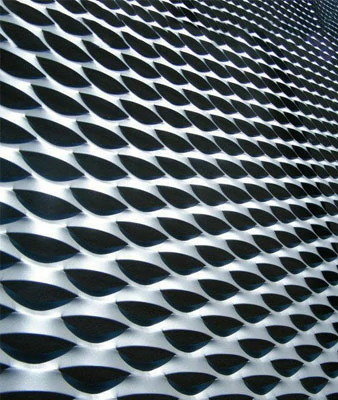nail for fence
The Essential Role of Nails in Fence Construction
When it comes to building a sturdy fence, many people often overlook one of the critical components nails. While they may appear to be a simple fastener, nails play an essential role in sharing the structural integrity and longevity of a fence. This article will explore the importance of selecting the right nails for fence construction, the different types of nails available, and best practices for their use.
The Importance of Nails in Fence Construction
Nails are more than just metal sticks that hold wooden boards together. They are fundamental in ensuring that each piece of the fence stays securely in place. A well-constructed fence can add privacy, security, and aesthetic appeal to a property, but if the components are not adequately fastened, the entire structure can become compromised. Nails provide the necessary strength to withstand wind, rain, and other environmental factors, making the choice of nails a significant consideration in the building process.
Types of Nails for Fencing
There are various types of nails suitable for fence construction, and selecting the right type can impact the overall success of the project
.1. Common Nails These are the standard nails used in various construction applications, making them a popular choice for fencing as well. Common nails are available in different lengths and diameters, allowing builders to select the appropriate size based on their fence design.
2. Galvanized Nails For outdoor applications, using galvanized nails is highly recommended. The galvanization process involves coating the nails with zinc, which protects them from rust and corrosion. This is particularly important in fencing since the nails are exposed to the elements and moisture.
3. Ring-Shank Nails These nails come with ridges or rings along their shaft, providing enhanced holding power compared to smooth-shank nails. Ring-shank nails are ideal for attaching fence boards, especially in cases where resistance to pull-out force is essential.
nail for fence

4. Spiral-Shank Nails Similar to ring-shank nails, spiral-shank nails also provide excellent holding power. However, the spiral design allows them to be driven into hard or dense materials, making them suitable for challenging fencing projects.
Best Practices for Using Nails in Fence Construction
When using nails in fence construction, following best practices can ensure a durable and aesthetically pleasing result
- Pre-Drilling Holes For harder woods or when using particularly long nails, pre-drilling holes can prevent the wood from splitting and make the nailing process smoother.
- Proper Spacing Maintaining consistent spacing between nails is essential for visual appeal and structural integrity. A good rule of thumb is to place nails approximately 6-8 inches apart.
- Driving Nails at an Angle When nailing fence boards to the posts, driving nails at a slight angle can improve their grip and stability.
- Regular Maintenance Over time, nails can become loose due to weather conditions and material settling. Performing regular checks and re-nailing as necessary can extend the life of the fence.
Conclusion
Nails may seem like a small detail in the vast landscape of fence construction, but their importance cannot be overstated. From choosing the right type to employing best practices, every step taken in the nailing process contributes to a fence's overall strength and durability. Understanding this critical component will not only enhance the quality of the fence but also ensure that it stands the test of time, providing security and beauty for years to come. Whether you are a DIY enthusiast or a seasoned contractor, never underestimate the value of a good nail when constructing a fence.
-
Innovations in Razor Barbed Wire Design TechnologyNewsAug.11,2025
-
Roofing Nail Compatibility with Different Metal Roof TypesNewsAug.11,2025
-
Welded Wire Mesh for Rockfall Protection BarriersNewsAug.11,2025
-
Galvanized Wire Corrosion Resistance TestingNewsAug.11,2025
-
3D Fence Solutions Preventing Bird CollisionsNewsAug.11,2025
-
Using Chain Link Fence for Urban Garden SupportNewsAug.11,2025




